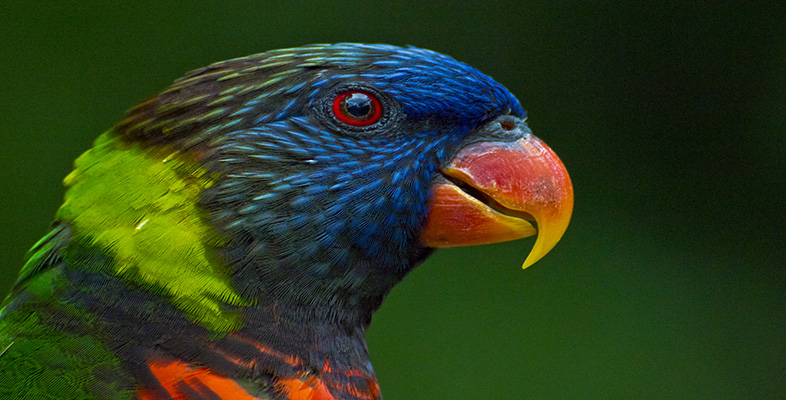4 Other influences on evolution
One of the crucial conditions for natural selection to occur is that there must be variation. However, it is extremely important to appreciate that natural selection does not itself cause that variation; it simply acts on existing variation. The processes that do bring about variation are therefore major components of evolution. The most important of these processes, because it is really the ultimate source of all variation, is mutation. A mutation is an alteration in the genetic material which is copied from parent to offspring - the DNA in the cells of an organism. Such an alteration may be associated with a change in the appearance or behaviour of an individual carrying it. For example, there might be a mutant male guppy that has no spots at all, or one that has an unusually large number of spots.
Genetic drift is defined as chance variation in the genetic make-up of a population between one generation and the next. If, for a few years and purely by chance, the red-haired residents of Liverpool happened to have more children on average than the other residents did, then (as red hair is a heritable character) the proportion of red-haired people in the population of that city would increase. The change would be due to chance and not because red-haired people were better adapted than other people. Genetic drift would be responsible, not natural selection. In a large population, however, genetic drift is unlikely to have a great effect because chance differences in reproductive success between individuals will tend to even themselves out when a large number of individuals are involved. But in very small populations (say, fewer than 20 individuals) genetic drift can have a strong effect because if only one individual happens, purely by chance, to produce more offspring than the others, its characters will become more common in the next generation. Similarly, a particular character can easily disappear from a small population by genetic drift.
A somewhat different cause of variation between populations can be illustrated by the case of the Dunker sect. A number of small religious sects emigrated from Germany to the USA in the 18th century and have since married almost exclusively among their own numbers. The Dunkers are a sect that settled in Pennsylvania. The frequency of blood group A in the general population of Pennsylvania is 42%, and in Germany it is 45%. However, 60% of Dunkers are of blood group A.
-
How would you account for the unusually high frequency of blood group A among the Dunkers?
-
The small number of emigrants who established the Pennsylvania population in the 18th century must have included an unrepresentatively high number of people with blood group A.
For obvious reasons, this phenomenon is known as the founder effect. The frequency of a particular character in a particular population, in this case the frequency of blood group A in the Dunker population of Pennsylvania, may be due more to chance (the frequency of the character in the small founding population being different from that in the population from which it was derived) than to natural selection.
